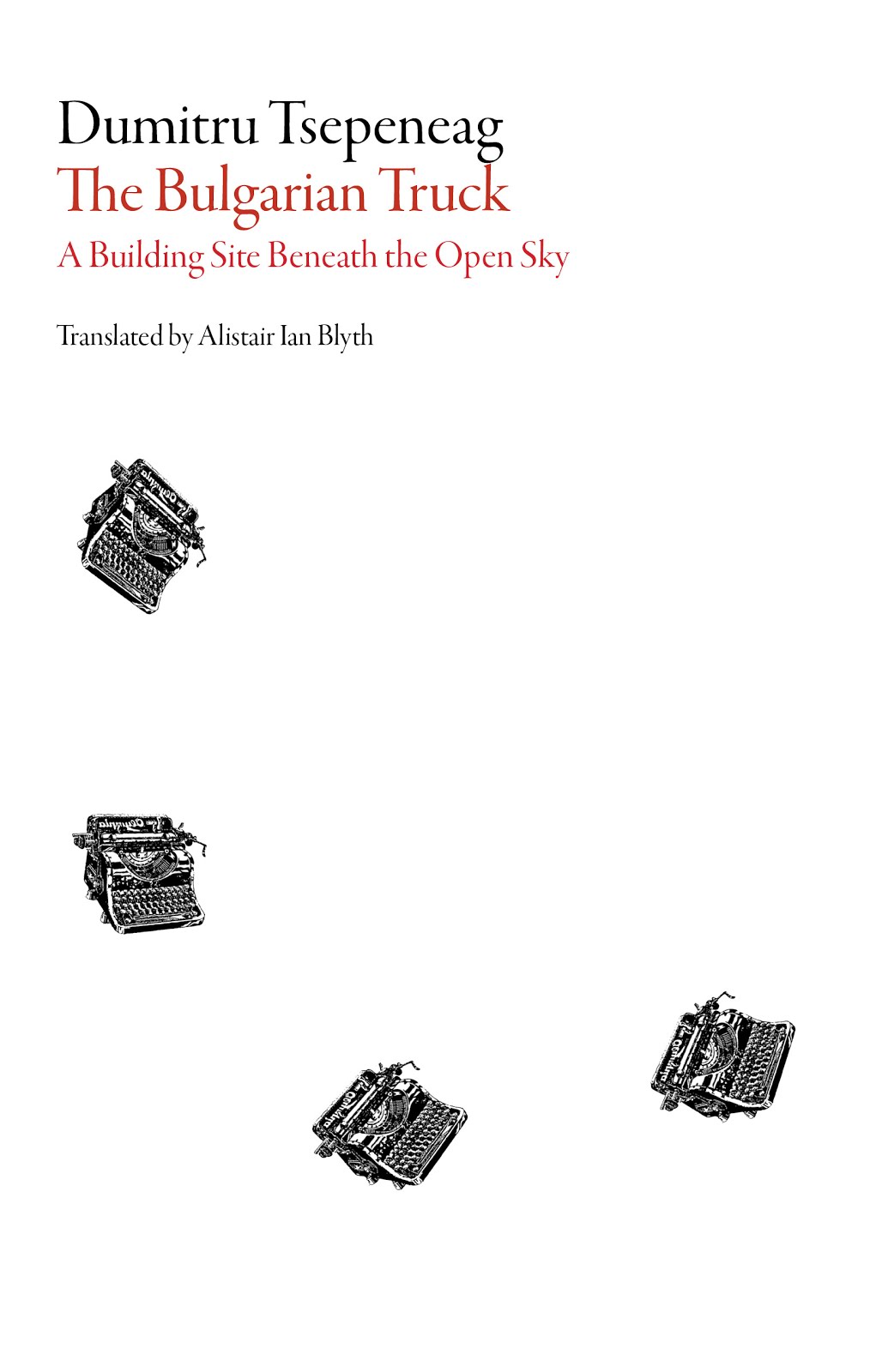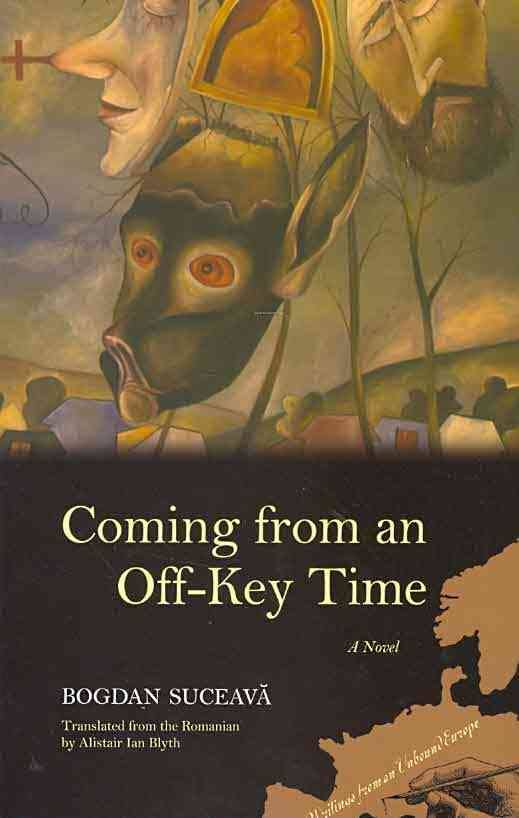
Depiction of the torments of the damned in the Buddhist sub-hell of Nyôfunjo (Dung Pit), or the shifunsho (place of excrement), one of the paintings in the Jigokuzôshi (Illustrated Stories of Hell) found in a Heian period (794-1185) emakimono (picture scroll) kept in the Nara National Museum ("Genkahon"; height 26.66 cm, length 433.42 cm). The text of the emakimono describes the sins and the torments of those who wallow in the Dung Pit as follows:
While these men lived, they considered dirty what in reality was not; they also considered clean what was not, due to the foolishness of their heart. (...) The pit in which they are is deep, and they are sunk in it up to their necks; it smells very bad there. This filth is beyond comparison with anything of this world, and the pains of the damned are unbearable.
(translated by Fernando G. Guttiérez, "Emakimono Depicting the Pains of the Damned," Monumenta Nipponica, Vol. 22, No. 3/4 (1967), p. 285)
Those who suffer eternal anguish therein are said to have been of foolish heart and wicked intent during their lives, and to have forced others to eat filthy things:
This is why they are in hell now. An enormous amount of pus fills this place up to the mouth and nose of the damned. There are also terrible insects called Saimôshô that devour the damned to the marrow of their bones, and break their tendons. It is impossible to describe how terrible this pain is.
(translated by Fernando G. Guttiérez, "Emakimono Depicting the Pains of the Damned," Monumenta Nipponica, Vol. 22, No. 3/4 (1967), p. 286)






















No comments:
Post a Comment